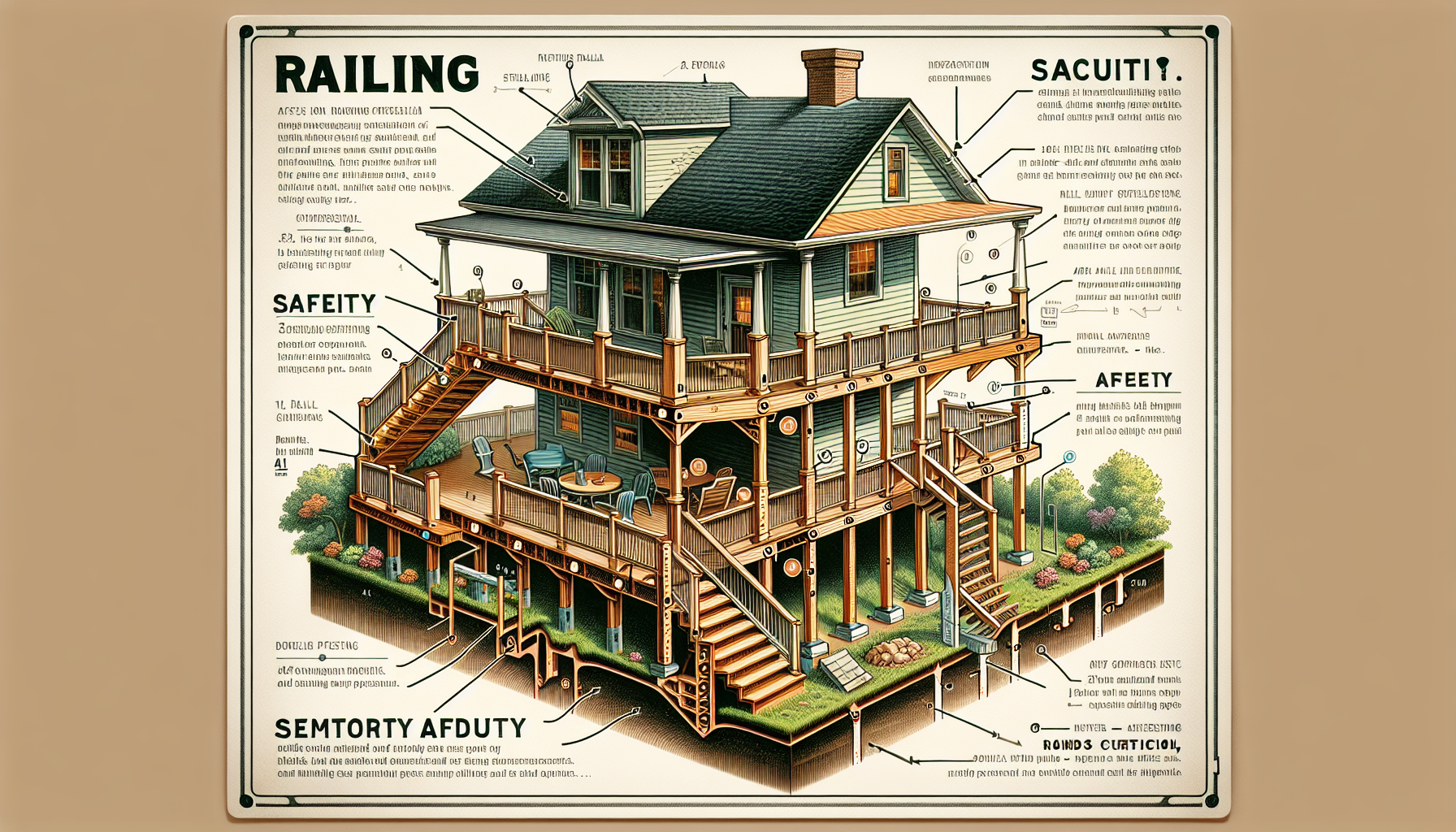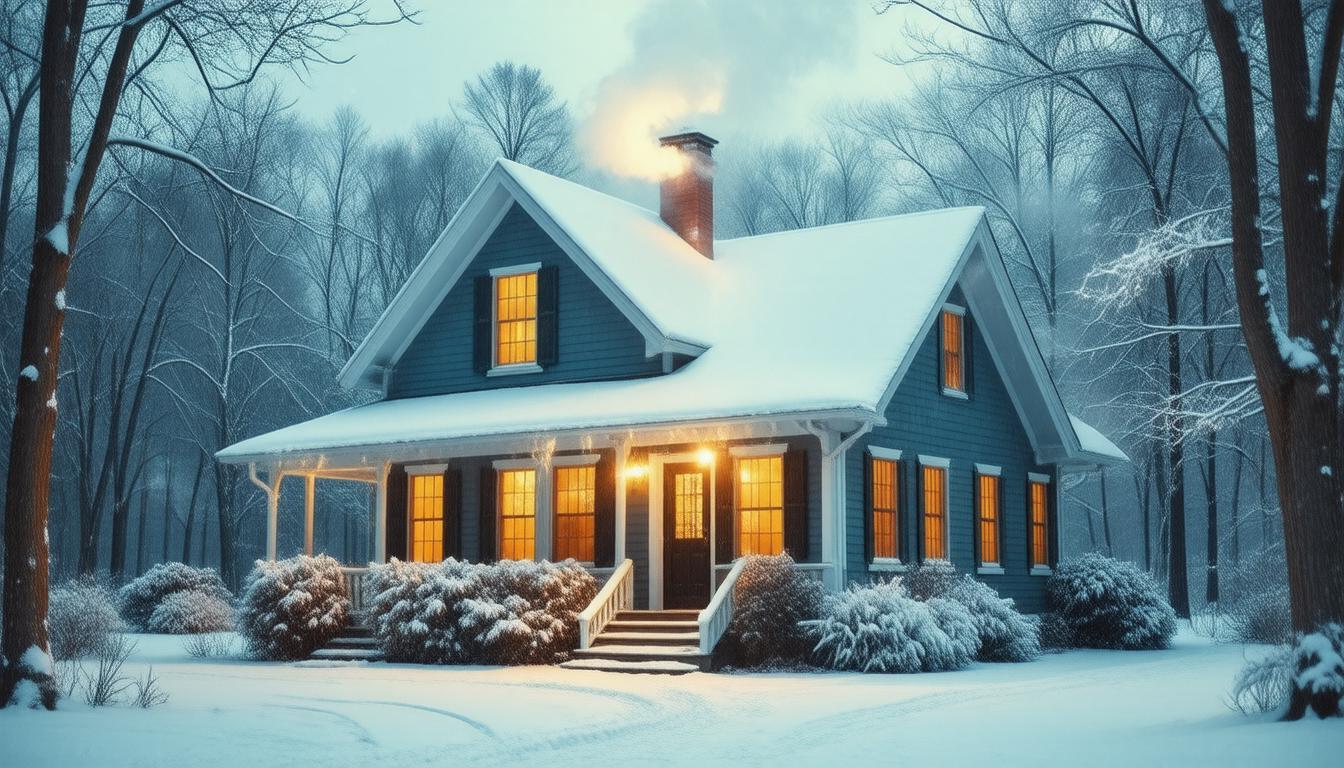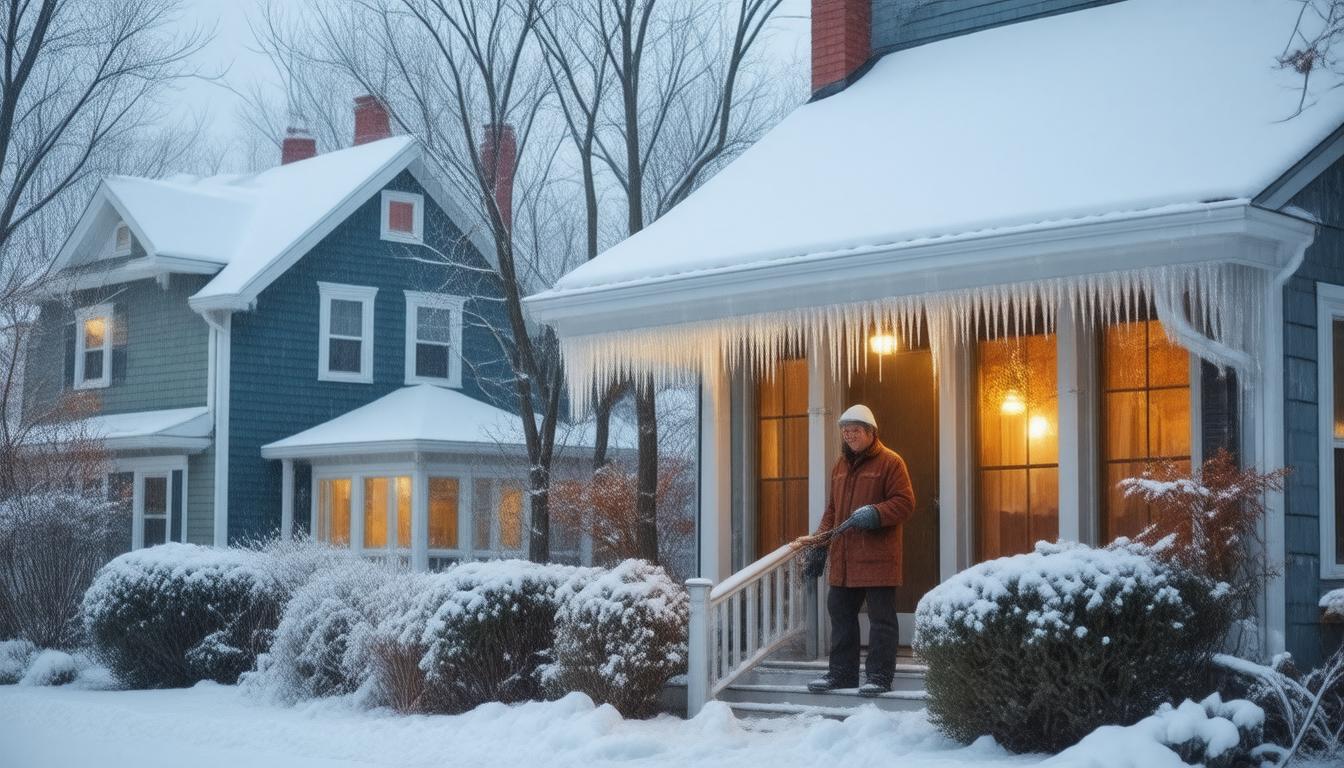
Railings are a vital element of porch and deck safety, serving as both a physical barrier to prevent falls and a structural support feature. They are especially crucial in elevated structures, where the risk of injury from a fall increases. Railings are designed to withstand a significant amount of force, ensuring that they can support people who might lean or fall against them. Properly installed railings can prevent accidents and provide peace of mind for homeowners and visitors alike.
Codes and Regulations Governing RailingsMost local building codes provide specific guidelines on the construction and installation of railings to ensure they offer adequate safety. These requirements often cover aspects such as the height of the railings (typically 36 to 42 inches for residential structures), the spacing between balusters, and the load-bearing capacity. To comply with these codes, one should always consult with local building authorities when constructing or renovating a deck or porch to ensure that the railings meet or exceed safety standards.
Material Choices for Durability and SafetyThe materials used in the construction of railings play a significant role in their durability and safety. Common materials include wood, wrought iron, aluminum, composite, and vinyl. Each material has unique properties that affect its longevity, maintenance needs, and ability to withstand environmental pressures like weather extremes. For example, while wood railings may offer a traditional aesthetic, they require regular maintenance to prevent rot and decay. Alternatively, metal railings often provide more strength but may be vulnerable to rust without proper treatments.
Proper Installation TechniquesThe structural integrity of railings heavily depends on their installation. Railings must be securely anchored to the deck or porch framing to handle the load imposed on them. This typically involves using heavy-duty screws or bolts, and sometimes additional bracing or anchoring systems. The installation process should ensure that there is no wobbling or movement in the railings, as this can indicate poor installation or structural issues that could compromise safety.
Regular Maintenance and InspectionsTo ensure the ongoing integrity and safety of porch and deck railings, regular inspections and maintenance are essential. This inspection should look for signs of wear, corrosion, loose fittings, and other potential failures. Maintenance tasks may vary by material but commonly include tightening loose parts, replacing or repairing damaged sections, and applying protective finishes. By staying vigilant with maintenance, homeowners can prevent small issues from becoming significant safety hazards.
Enhancements for Additional SafetyBeyond the basic requirements, homeowners can add features to enhance the safety of their railings. For example, installing lighting on or near railings can improve visibility at night, reducing the risk of trips and falls. Also, using more significant or more closely spaced balusters can prevent small children and pets from slipping through gaps. Small adjustments such as these can greatly enhance the overall safety of a porch or deck space.
Final ThoughtsIn summary, railings are an integral component of porch and deck safety. They not only provide a safety barrier but also contribute to the overall structural integrity of the outdoor space. Adhering to building codes, selecting appropriate materials, ensuring proper installation, conducting regular maintenance, and making safety enhancements are all crucial steps. Homeowners and contractors must prioritize these factors to ensure that porches and decks are secure places for enjoyment and relaxation. Given their role in preventing accidents and injuries, investing in high-quality railings and their upkeep is an investment in peace of mind.







